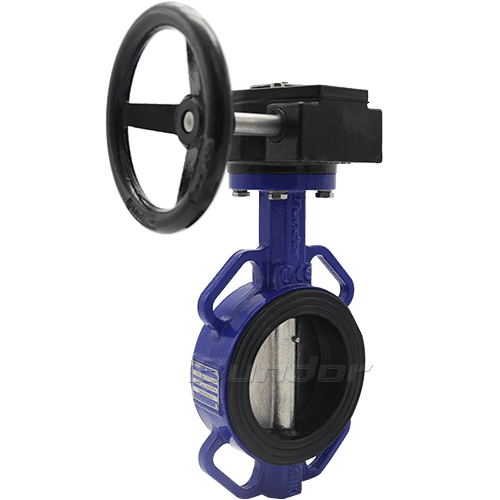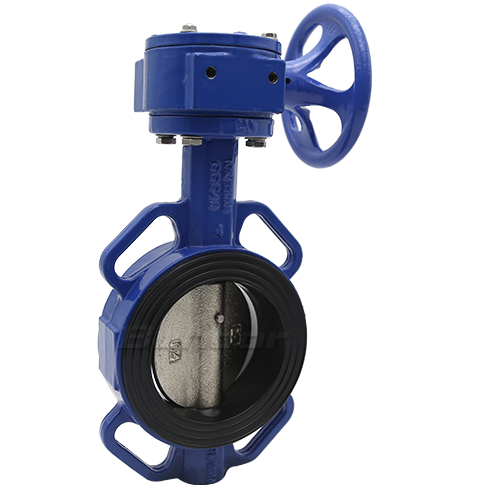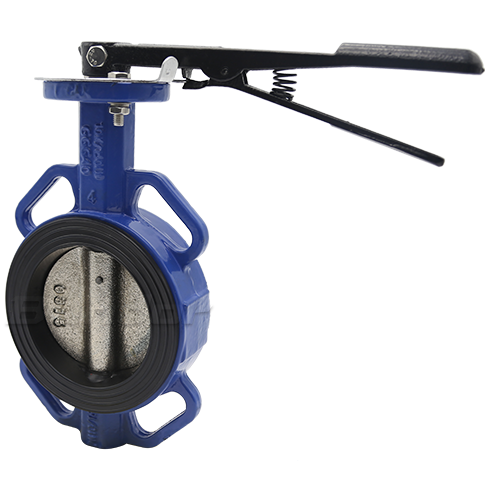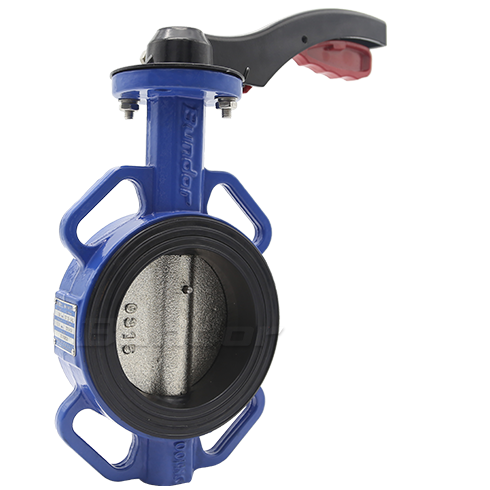Whether the butterfly valve can be used in hot water pipelines, the key lies in the material of the valve seat sealing surface that directly contacts the hot water in the butterfly valve body. The hot water we usually say is generally above 70°C. Under this temperature, there is no problem at all if a hard-sealed butterfly valve is used.
But if it is a soft-sealed butterfly valve and a rubber-sealed valve seat, can it be used for hot water?
If you search for the answer on the Internet, you should see that many people do not recommend using the soft-sealed butterfly valve for hot water, because the rubber seat of the soft-sealed butterfly valve will accelerate the aging and shorten the service life of the valve if it is exposed to hot water for a long time. , Affect the sealing performance of the valve.
There is no problem with this statement. The theoretical temperature resistance range of rubber material is -20~150℃, but because the quality of rubber produced by various manufacturers is not uniform, this temperature resistance range will shrink greatly in actual use. In the environment, of course it will accelerate the aging.
However, the soft-sealed butterfly valve is not completely unusable for hot water pipes. It can be made of high-temperature resistant rubber material, which will have a much better effect and a longer service life, but the cost is also higher.
You can use hard-sealed butterfly valves, ball valves, gate valves, globe valves and other valves instead.








